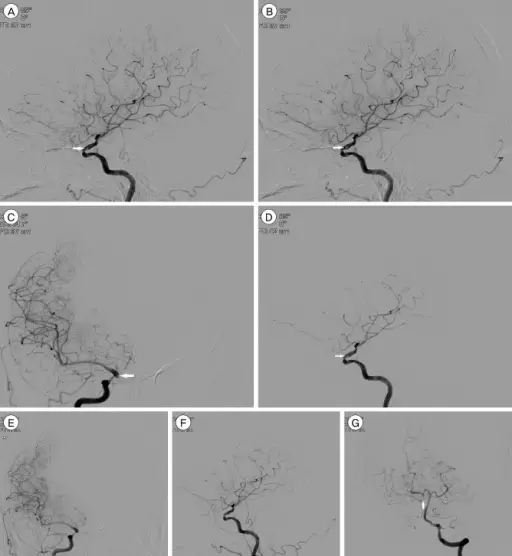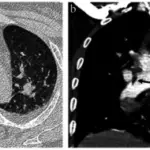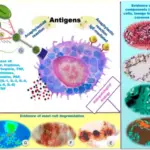Gas embolism occurs when air travels through the vascular system. It can occur in decompression sickness (the bends) when divers ascend too quickly. It can also (very rarely) occur if air enters the arterial or venous system through surgery or during a clinical procedure (e.g., cannulation).
What is the Pathology of Gas Embolism?
The pathology of gas embolism is:
-Etiology: The cause of gas embolism is injections and surgical procedures, lung trauma, scuba diving, explosion and blast injuries,
-Genes involved: None.
-Pathogenesis: The sequence of events that lead to gas embolism occurs whenever a blood vessel is open and a pressure gradient exists favoring the entry of gas.
-Morphology: The morphology associated with gas embolism shows decompression sickness, the bends, and the chokes.
-Histology: The histology associated with gas embolism show multifocal ischemic necrosis.
How does Gas Embolism Present?
Patients with gas embolism typically affect females present at the age range of 50-70 years. The symptoms, features, and clinical findings associated with gas embolism include hypotension, shortness of breath, vertigo, loss of consciousness, convulsions, numbness, loss of coordination, bloody sputum. Symptoms of other consequences of lung over expansion such as pneumothorax, subcutaneous or mediastinal emphysema may also be present.
How is Gas Embolism Diagnosed?
Gas embolism is diagnosed by doing a physical examination, ultrasound, and CT scan.
How is Gas Embolism Treated?
Gas embolism is treated with Trendelenburg position and left lateral decubitus position initially. Therapeutic recompression, and hyperbaric oxygen may be used as well.
What is the Prognosis of Gas Embolism?
The prognosis of gas embolism is good if treated early, however, the large air embolism might be fatal.



